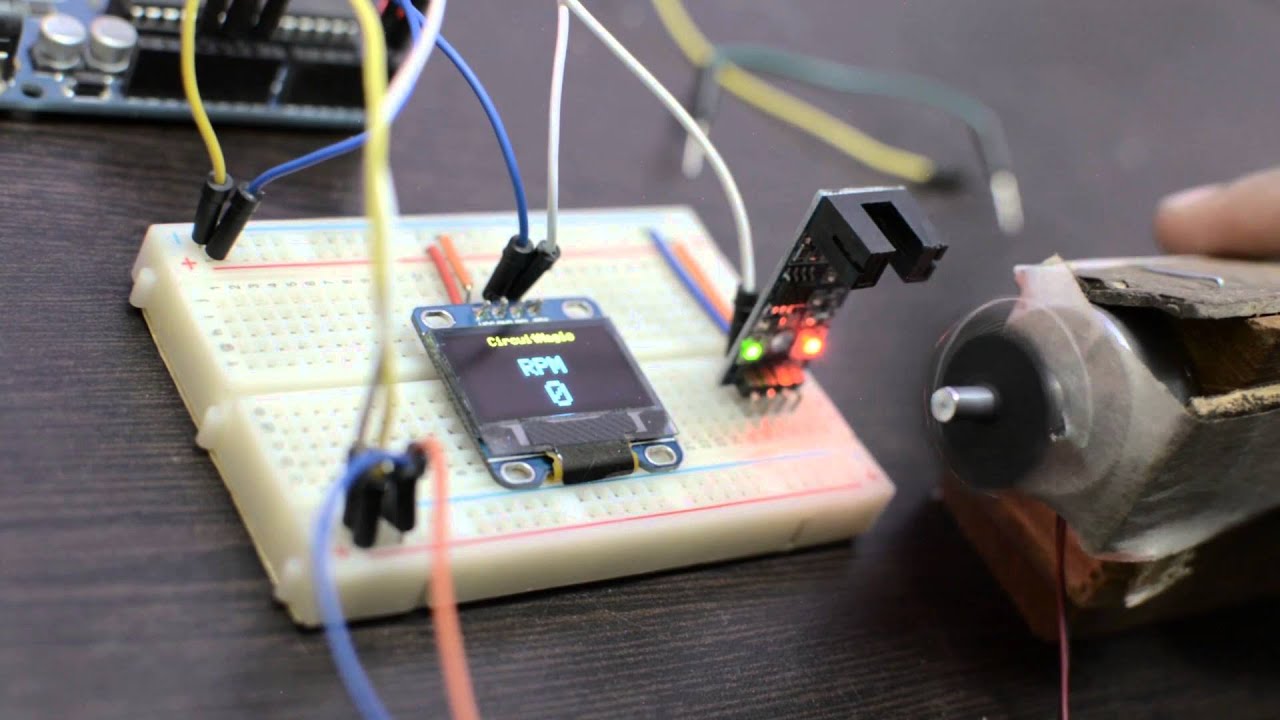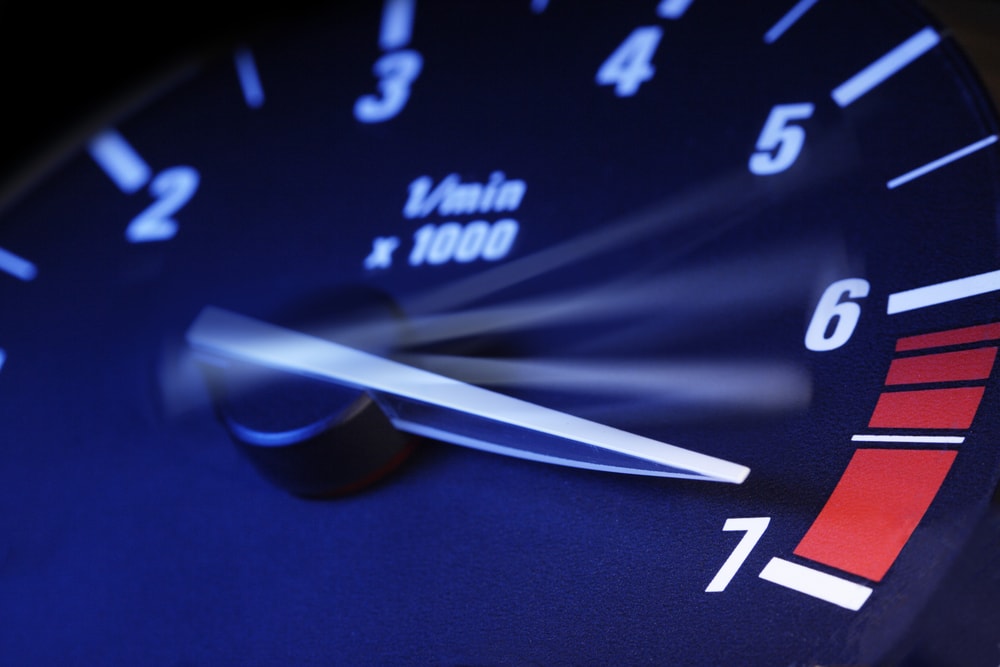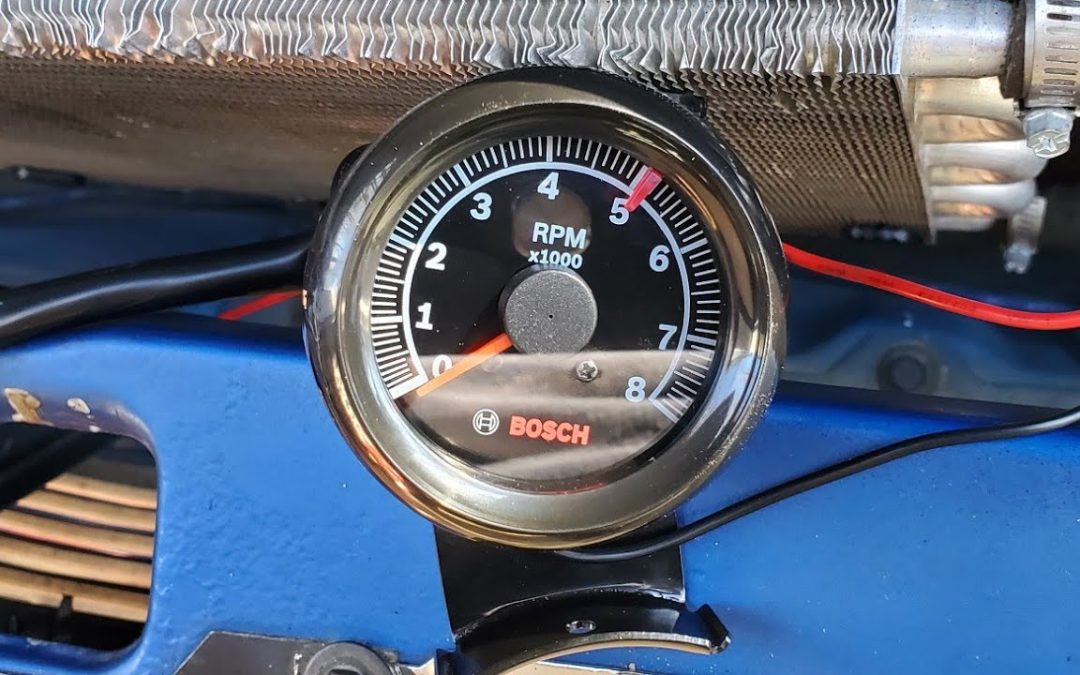When it comes to helicopter aviation, understanding the technology behind these incredible machines is essential. One of the critical components ensuring the safe and efficient operation of helicopters is the synchronous tachometer system. But why do helicopters require a minimum of two synchronous tachometer systems?
This article dives deep into the reasons behind this requirement, explaining the importance of this technology in maintaining helicopters’ operational integrity. We’ll explore the inner workings of a synchronous tachometer system, its role in helicopter safety, and much more.

The Critical Role of Tachometer Systems in Helicopters
Tachometer systems in helicopters are responsible for monitoring and displaying the rotation speeds of the main and tail rotors. Proper monitoring ensures that the aircraft operates within safe speed limits, preventing catastrophic failures. This link provides a deeper understanding of tachometer technology.
Understanding Synchronous Tachometer Systems
A synchronous tachometer system measures rotational speed in a precise and timely manner. It consists of sensors, transmitters, and displays working harmoniously to provide accurate readings. Without these synchronous systems, the risk of operational failures increases significantly.
Why Two Synchronous Tachometer Systems?
Why is it necessary to have two synchronous tachometer systems? The answer lies in redundancy and safety. In case of a failure in one system, the second system acts as a backup, ensuring continuous and accurate monitoring of rotor speeds. This redundancy is critical for preventing accidents and ensuring the safety of both pilots and passengers.
Ensuring Redundancy and Reliability
Helicopters, being more complex than fixed-wing aircraft, demand redundant systems to maintain flight safety. One single point of failure in a helicopter’s system can lead to disastrous consequences. Redundancy provided by two synchronous tachometer systems ensures that even if one system fails, the aircraft can continue to operate safely.
The Technology Behind Synchronous Tachometer Systems
Modern synchronous tachometer systems are equipped with advanced technology to enhance their reliability and accuracy. These systems deploy various sensors to monitor rotor speeds continuously. If any irregularities are detected, immediate warnings are issued to the flight crew, allowing for prompt corrective action.
The Impact of Tachometer Systems on Flight Safety
The accurate measurement of rotor speeds is vital for maintaining optimal performance and safety in helicopters. Tachometer systems provide essential data that helps pilots make informed decisions during flight. By monitoring rotors in real-time, these systems prevent potential failures and enhance overall flight safety.
Case Studies: Real-World Examples
Several case studies highlight the importance of having dual synchronous tachometer systems in helicopters. One notable example involved a helicopter experiencing a tachometer failure mid-flight. Thanks to the redundancy of the second system, disaster was averted, and the aircraft landed safely.
The Evolution of Helicopter Technology
Over the years, helicopter technology has undergone significant advancements. Today’s modern helicopters are far more sophisticated, with advanced avionics and redundant systems ensuring safer flights. The integration of dual synchronous tachometer systems is a testament to the industry’s commitment to safety and technological progress.
Training and Regulations
The aviation industry imposes strict regulations regarding the installation and maintenance of tachometer systems. Pilots and maintenance crews undergo rigorous training to familiarize themselves with the operation and troubleshooting of these systems, ensuring their reliability in real-world scenarios.
Looking to the Future
As technology continues to evolve, future advancements in tachometer systems promise even greater reliability and accuracy. The development of more sophisticated sensors and integration with advanced avionics systems will further enhance the safety and performance of helicopters.

Frequently Asked Questions
Q1: What is a tachometer system?
A tachometer system measures the rotational speed of the rotors in helicopters, providing critical data for safe operation.
Q2: Why are two synchronous tachometer systems required in helicopters?
Two synchronous tachometer systems provide redundancy, ensuring continued accurate monitoring of rotor speeds even if one system fails.
Q3: How do synchronous tachometer systems work?
Synchronous tachometer systems use sensors, transmitters, and displays to measure and monitor the rotational speed of helicopter rotors in real-time.
advanced-stroboscopic-event detection
In conclusion, the requirement for two synchronous tachometer systems in helicopters is a critical aspect of ensuring flight safety and reliability. With continued advancements in technology, these systems are set to become even more essential in the aviation industry.
